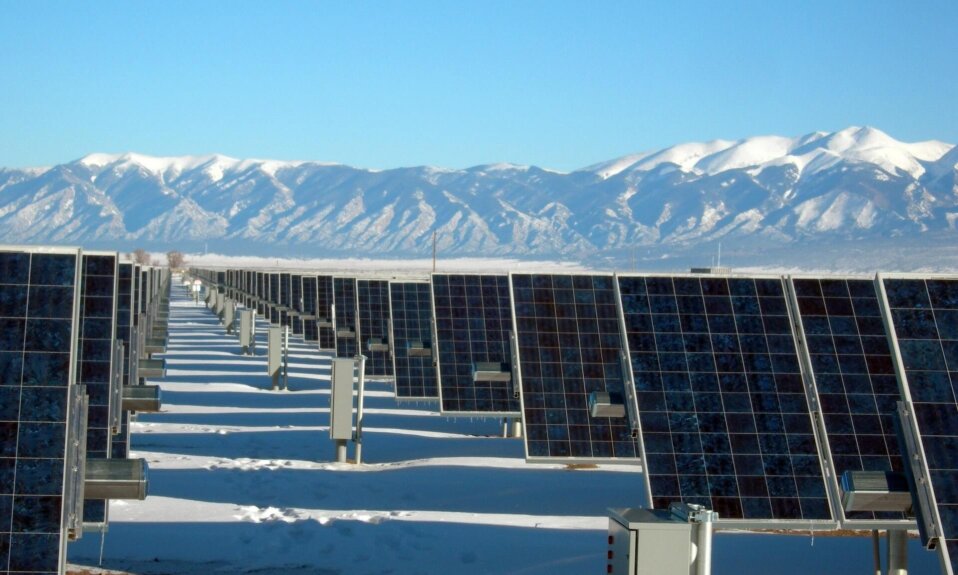
Introduction:
Five of the world’s top economies are predicted to see dramatic solar growth in the next five years. China, Israel, India, South Korea and Thailand are all expected to experience an increase in solar energy consumption that will help to drive down their carbon emissions.
overestimate solar growth in asia
There is an over-estimation of solar growth in Asia that could take a toll on the region’s economy. This is due to the continent’s inferior energy resources, limited access to sunshine, and lack of experience in clean energy development. Additionally, there are several countries in Asia that are not yet ready for megawatt solar power. Despite these challenges, Asia is predicted to see a significant increase in solar energy by 2019. The applications for this type of energy are many and include job creation, renewable energy storage, and home heating and cooling.
Solar Energy:
The five Asian countries that are forecast to see the biggest growth in solar energy are China, India, Japan, South Korea and Taiwan. In total, these countries are expected to account for a combined installed capacity of over 100 GW by 2020.
This growth is set to come from a variety of sources including rooftop PV, wind power and storage. Asia also has the potential to be a major market for solar power as it is expected to consume over 50% of electricity in 2030. The country’s population is set to grow by nearly a quarter between now and 2030, meaning that more people will require access to energy.
A growing population and economy:
Asian economies are forecast to see significant growth in solar energy, with the countries in the region already seeing a large increase in installations. With 8 gigawatts of installed capacity, Japan is expected to lead the way, followed by South Korea and Taiwan. China is also expected to see a large rise in solar energy installations over the coming years, with plans for an additional 20 GW by 2020. This will add up to an installed capacity of more than 100 GW by 2030, according to market research company IHS Markit.
China
China is expected to be the biggest market for solar energy in Asia, with a projected annual growth of more than 20 percent. The country is also expected to become a world leader in solar research and development, with a goal of becoming the world’s first country to achieve ” unlimited solar energy “.
The forecast is good news for consumers in Asia, as solar energy can provide plenty of power without contributing to climate change. In addition, Chinese companies are already leading the way in this field, thanks to their experience and resources.
Japan
Japan is seen as the next big solar market, with an annual growth rate of more than 20% in installed capacity by 2030. The country has also pledged to install more than 100 gigawatts (GW) of solar power by 2020, and is expecting to be one of the leading markets for solar energy in the world.
Other countries that are expected to see significant growth in solar energy include South Korea, Taiwan, Thailand, and Malaysia.
South Korea
South Korea is set to see significant growth in solar energy. According to a recent report, the country is expected to become the world’s leading market for solar energy by 2021. This growth will be due to several factors, including South Korea’s strong economy and infrastructure.
One of the biggest reasons for this growth is the country’s low installed solar power capacity. As of October 2016, there were only 4,362 megawatts (MW) installed in South Korea. However, this number is set to grow rapidly in the coming years as new projects are announced and developers start investing money in the market. This increase in installed capacity will help South Korea become one of the world’s leading solar energy markets by 2021.
In addition to its strong economy and infrastructure, another reason for South Korea’s rapid growth in solar energy is its high demand for renewable energy.












